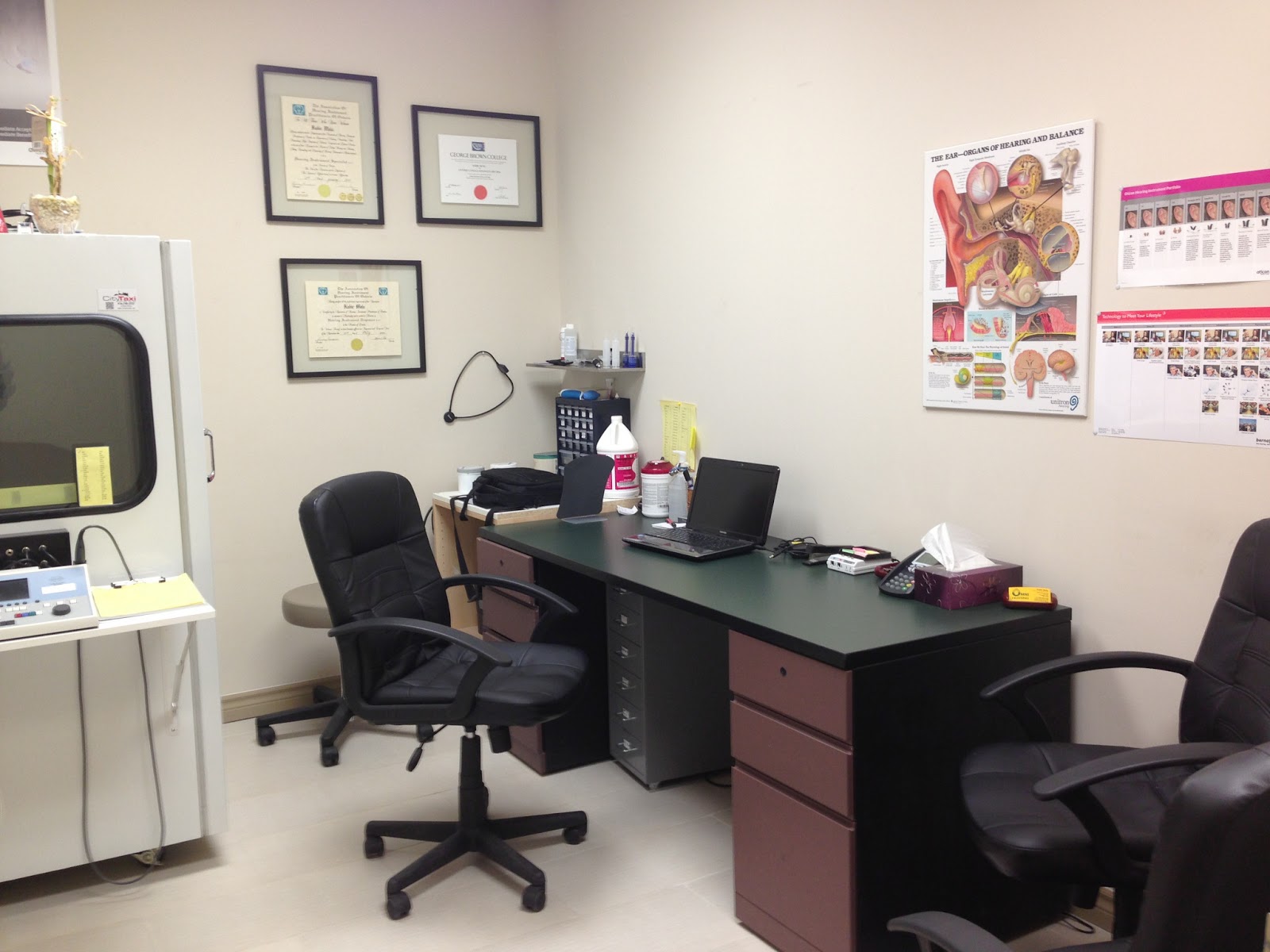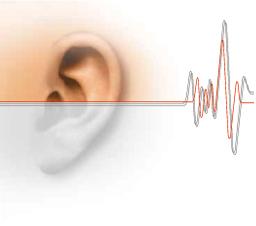|
|
|||||||||||||||||||||||||||||||
|
Safe Listening DevicesJanuary 2020. Safe Listening Devices are audio devices designed to be safe for the user to listen to their music/etc without damaging their inner ear. The new standard was created by the World Health Organization and later promoted in 2019 as a way to improve hearing health globally so that people are less likely to suffer from hearing loss or need hearing aids. Features of WHO-ITU Standard Safe Listening Devices
The standard was developed under WHO’s "Make Listening Safe" global initiative which seeks to improve listening practices, especially among young people, both when they are exposed to music and other sounds at noisy entertainment venues, and as they listen to music through their personal audio devices. The WHO-ITU standard for safe listening devices was developed by experts from WHO and ITU over a two-year process drawing on the latest evidence and consultations with a range of stakeholders, including experts from government, industry, consumers and civil society. WHO recommends that governments and manufacturers adopt the voluntary WHO-ITU standard. Civil society, in particular professional associations and others that promote hearing care, also has a role to play in advocating for the standard and in raising public awareness about the importance of safe listening practices so that consumers demand products that protect them from hearing loss. The WHO-ITU toolkit for implementation of the global standard for safe listening devices provides practical guidance on how to do this.
Similar Topics on LilithPress
Learn more about how to protect your hearing by visiting your local audiologist. Visit Omni Hearing in Woodbridge for a free hearing test, or you can take a free online hearing test right now.

|
|
||||||||||||||||||||||||||||||
|
Website Design + SEO by designSEO.ca ~ Owned + Edited by Suzanne MacNevin | |||||||||||||||||||||||||||||||
